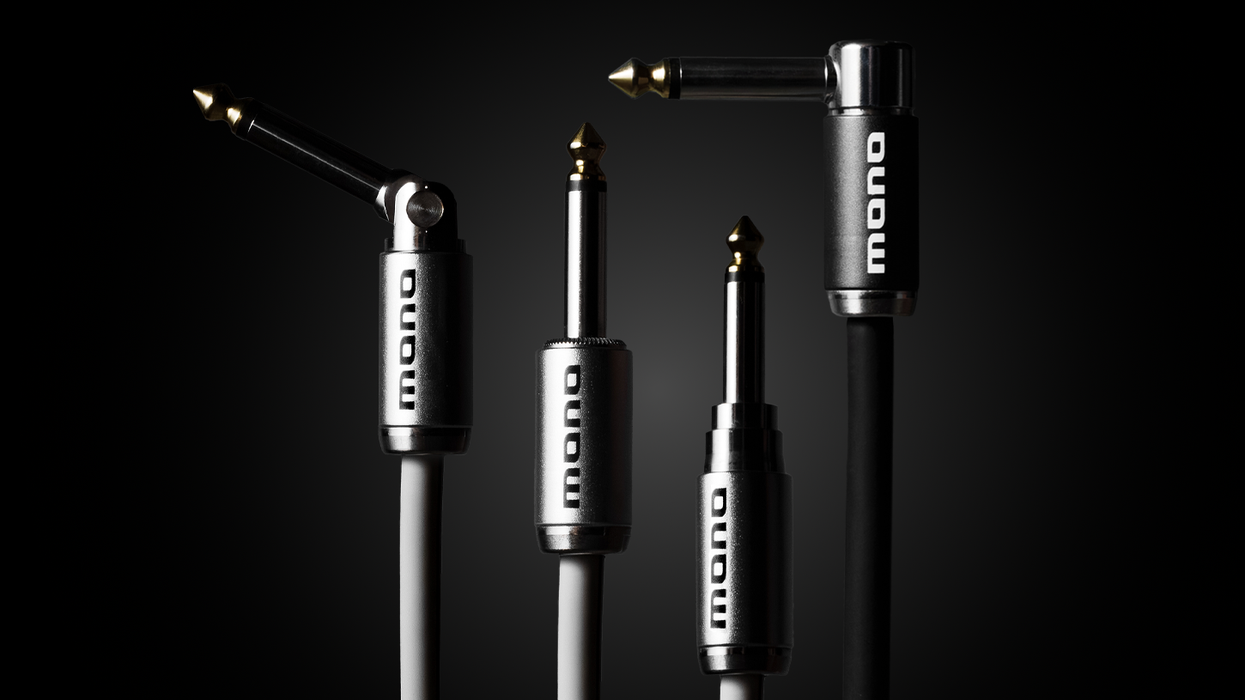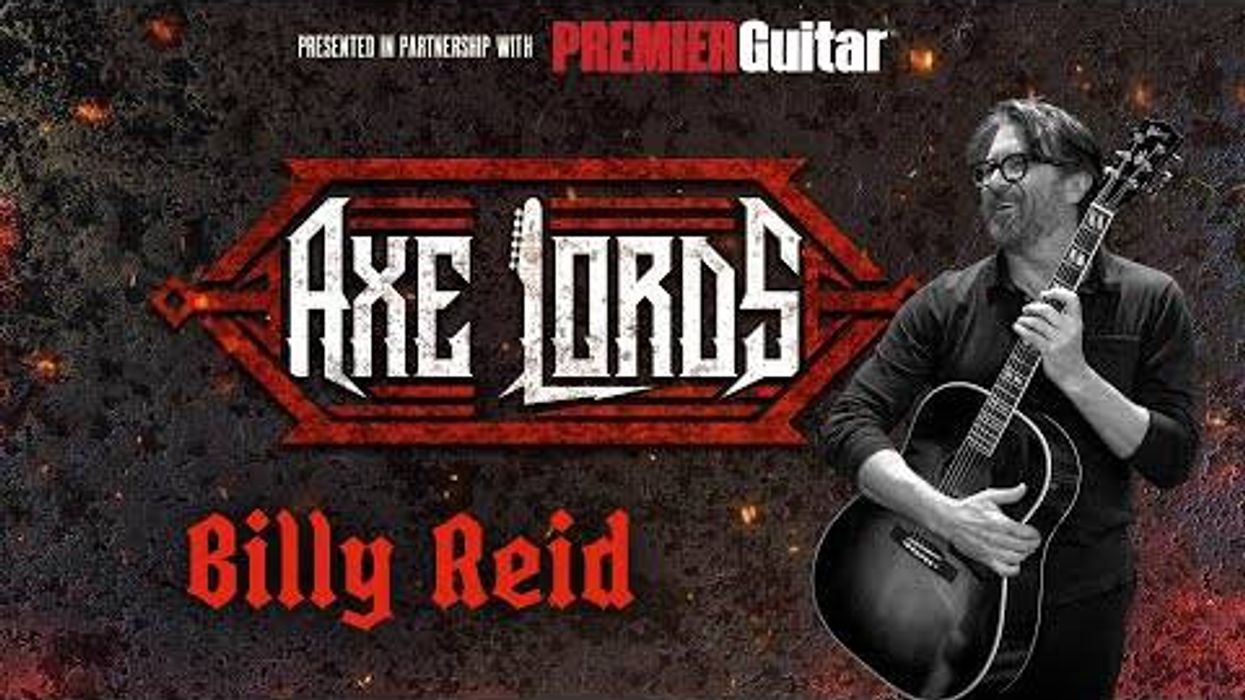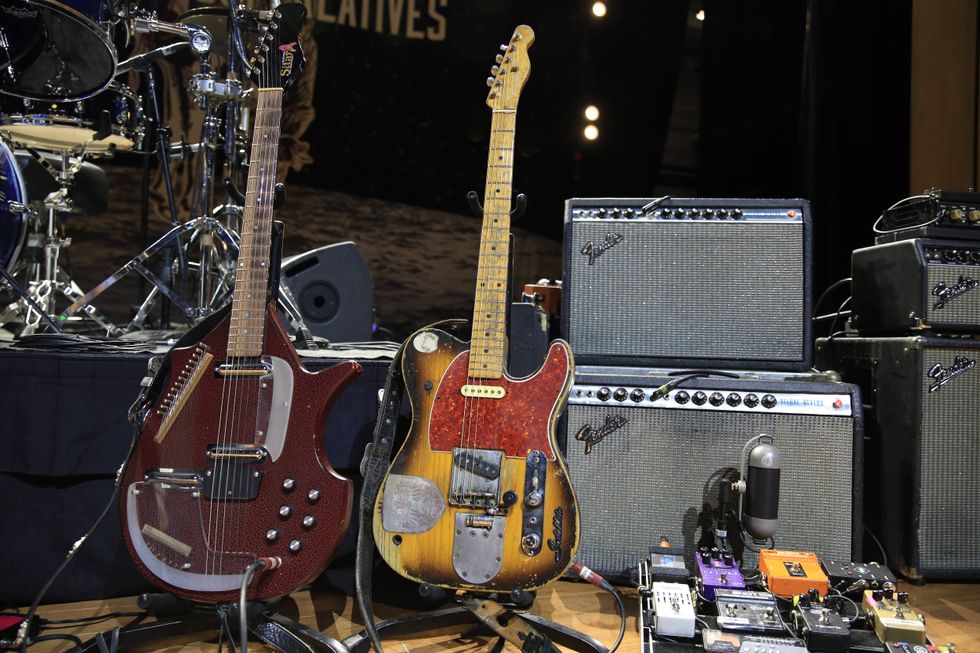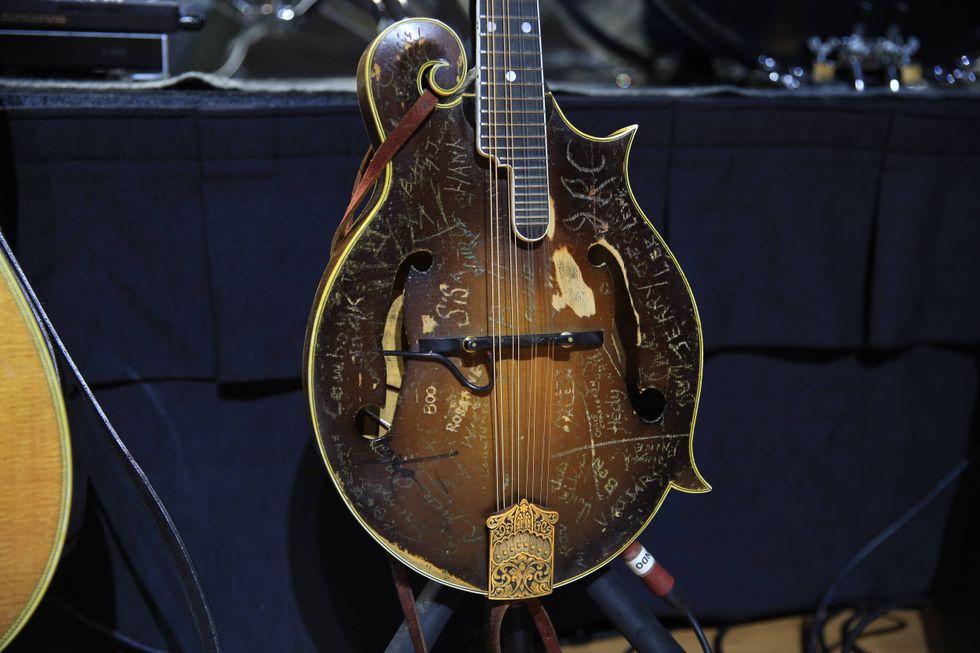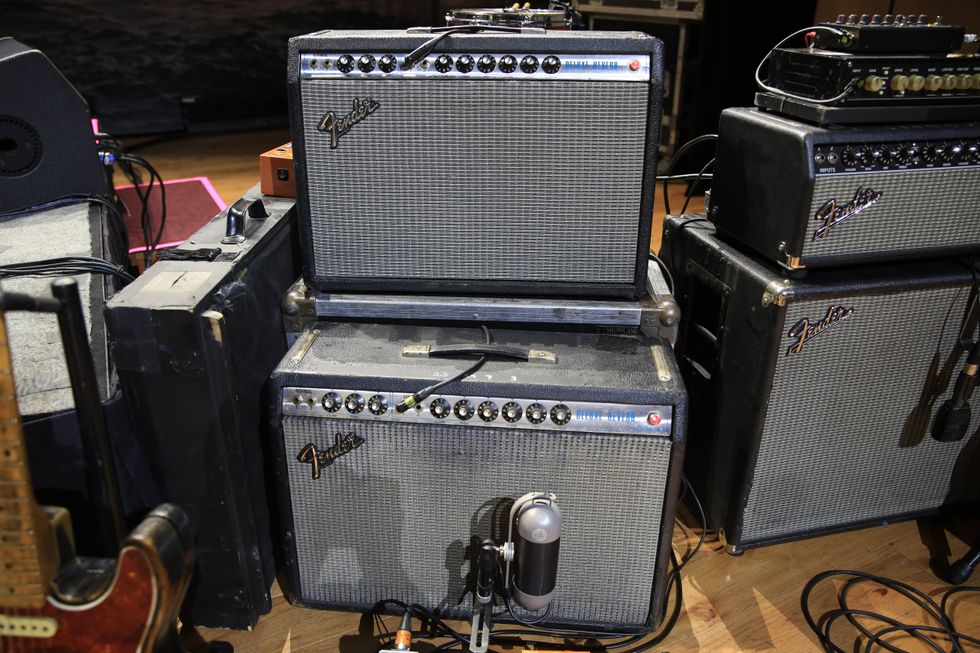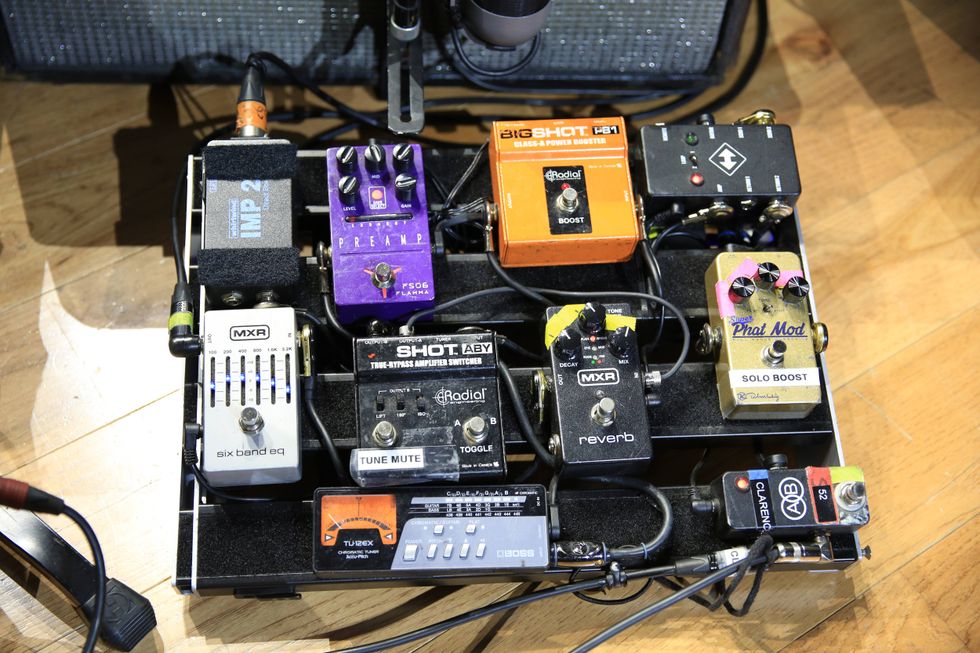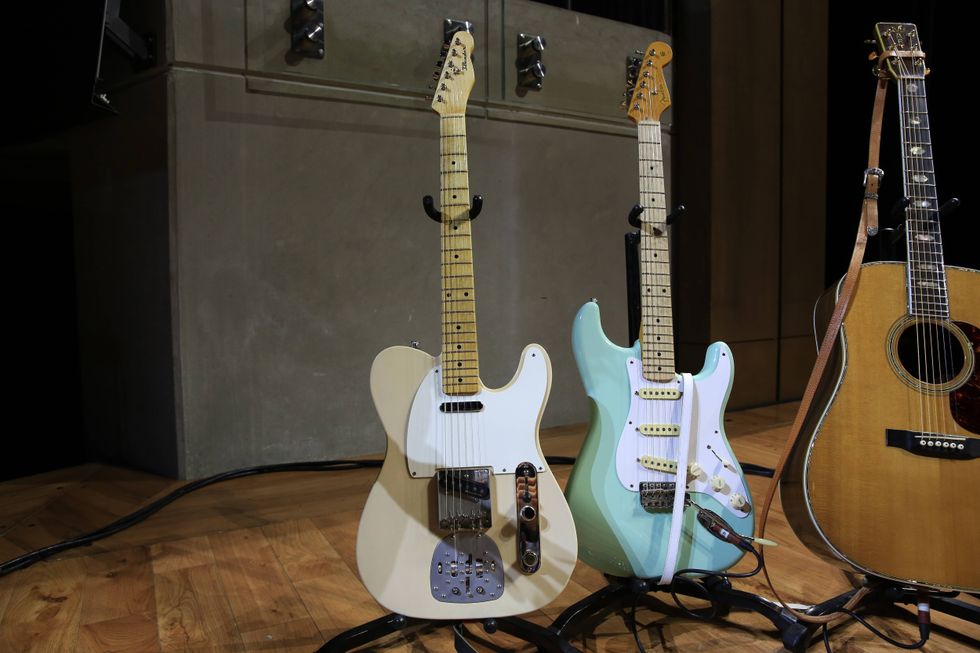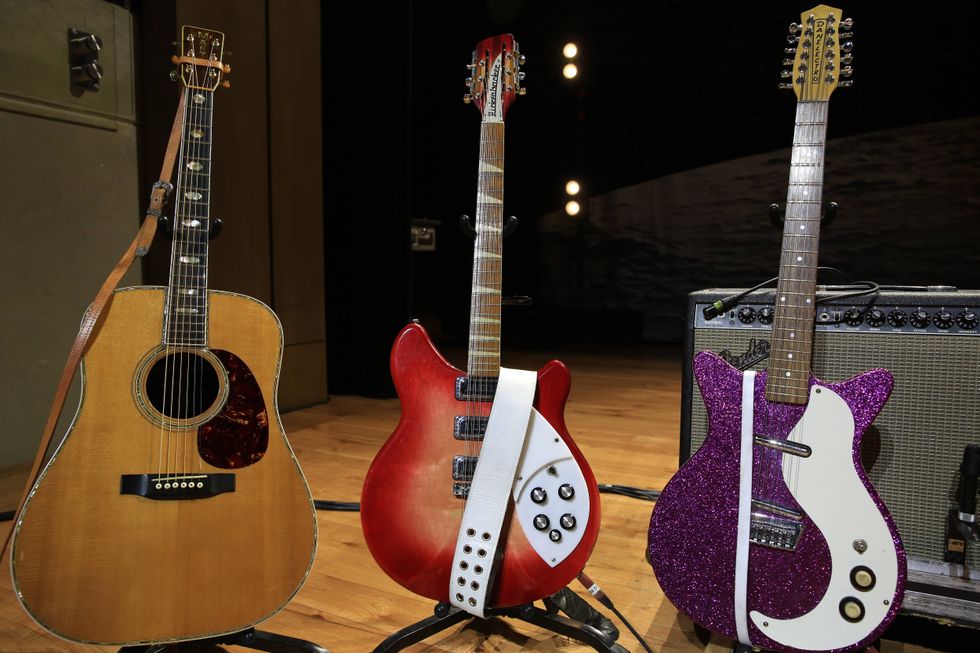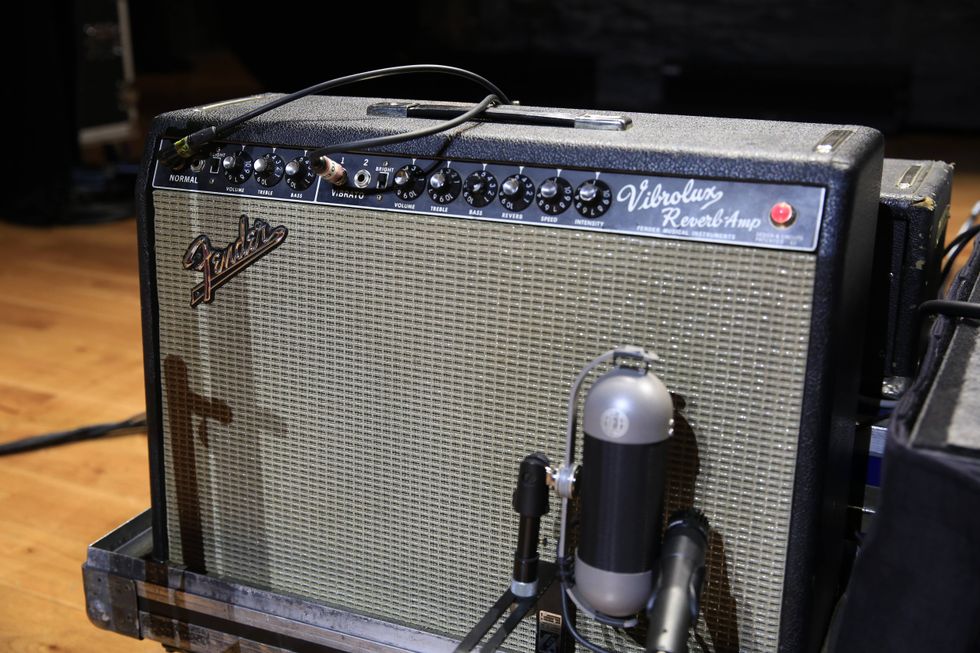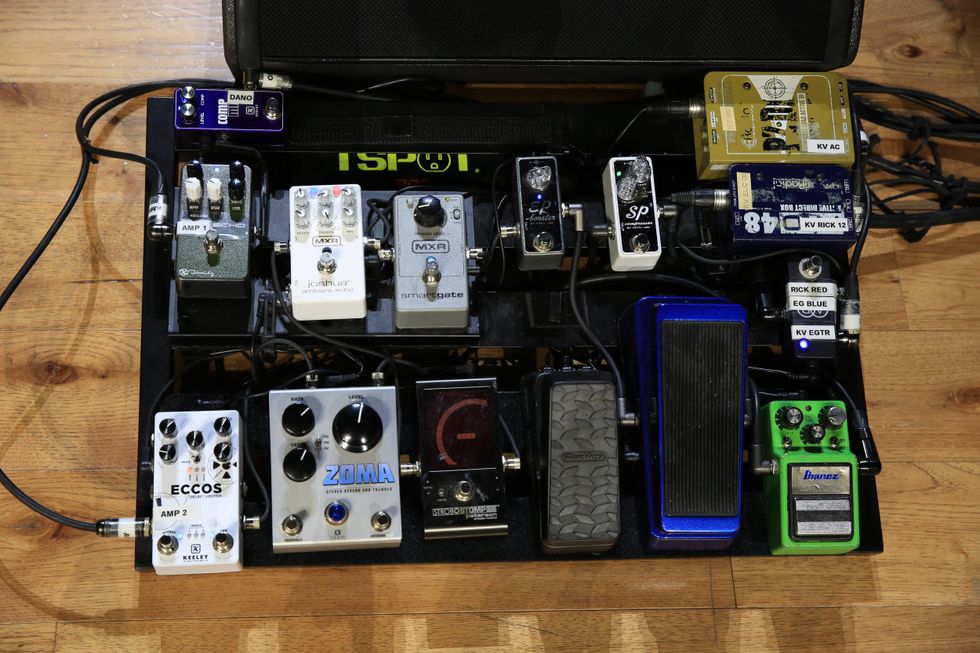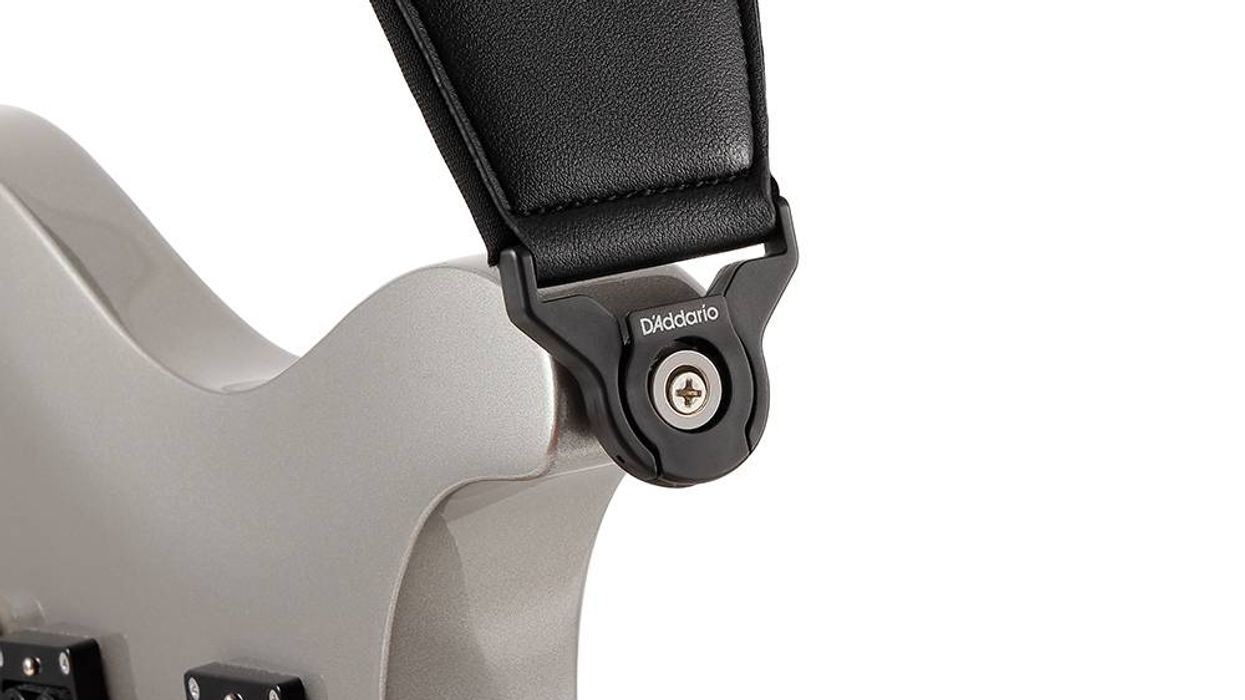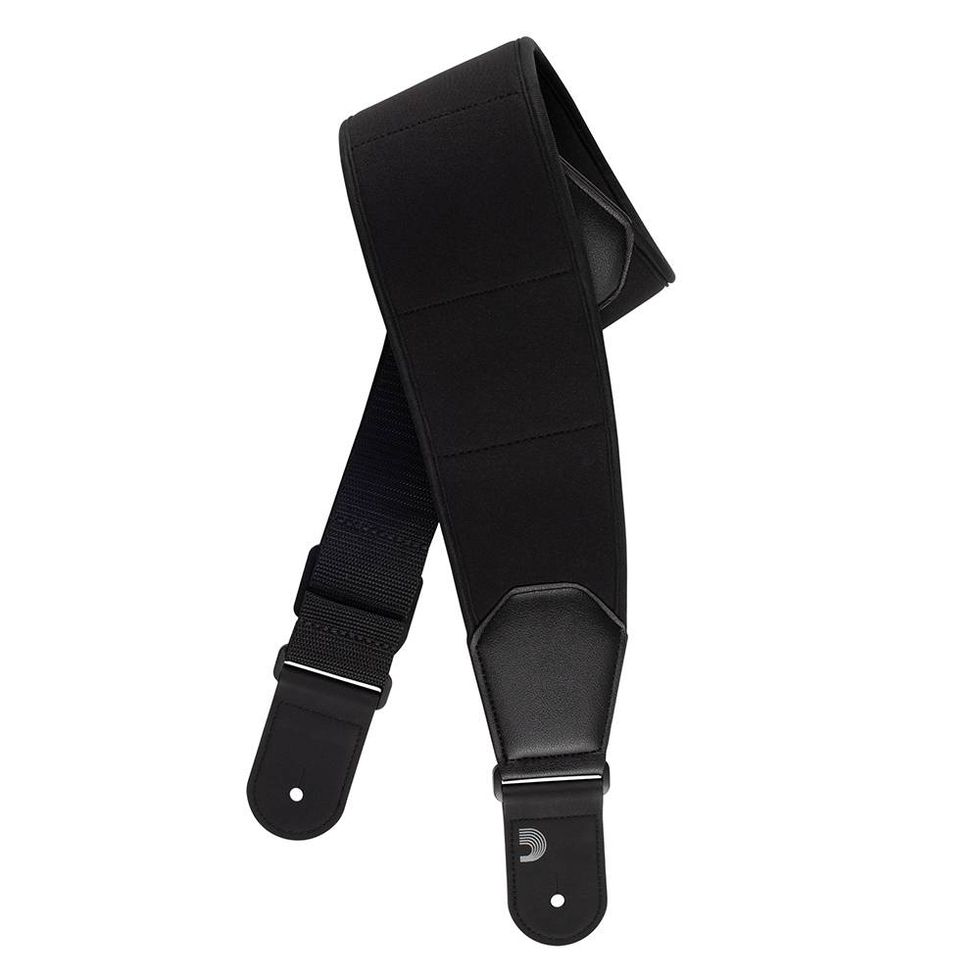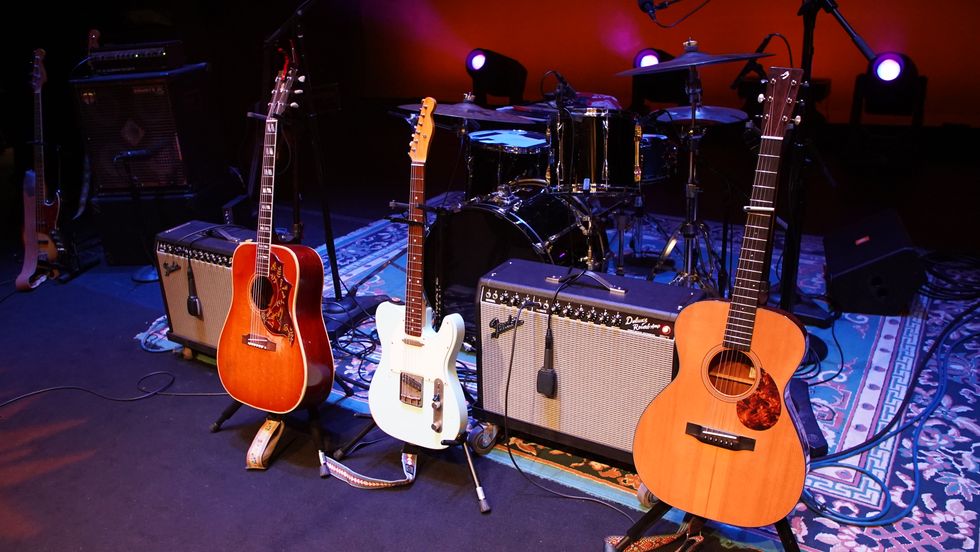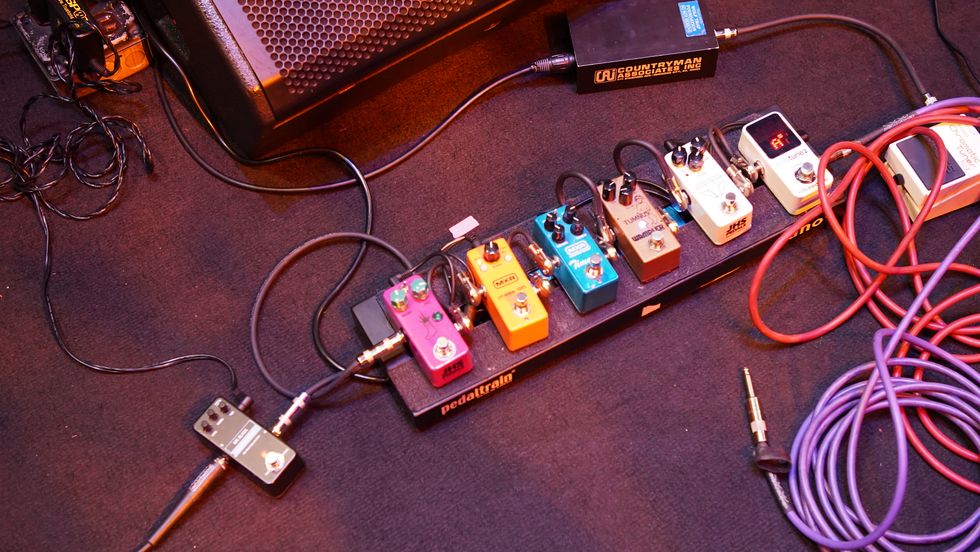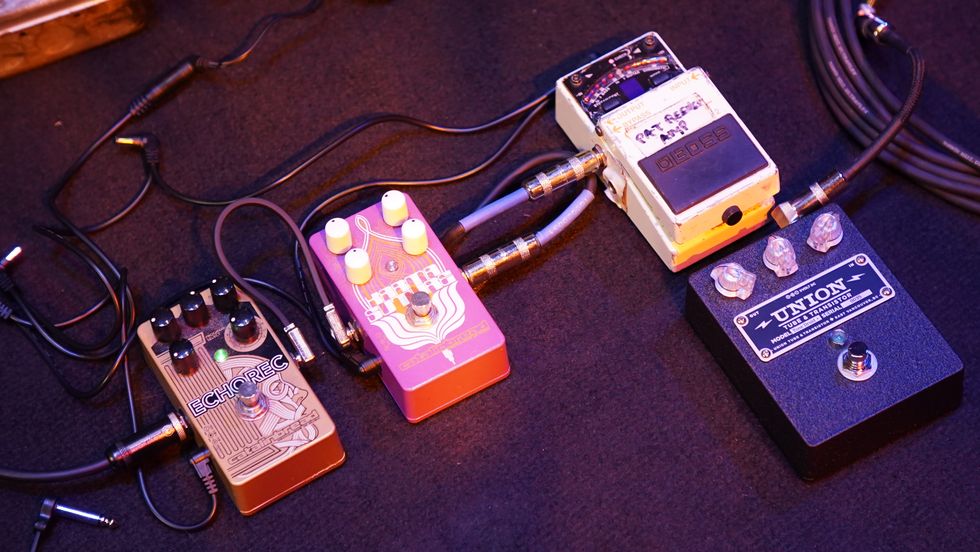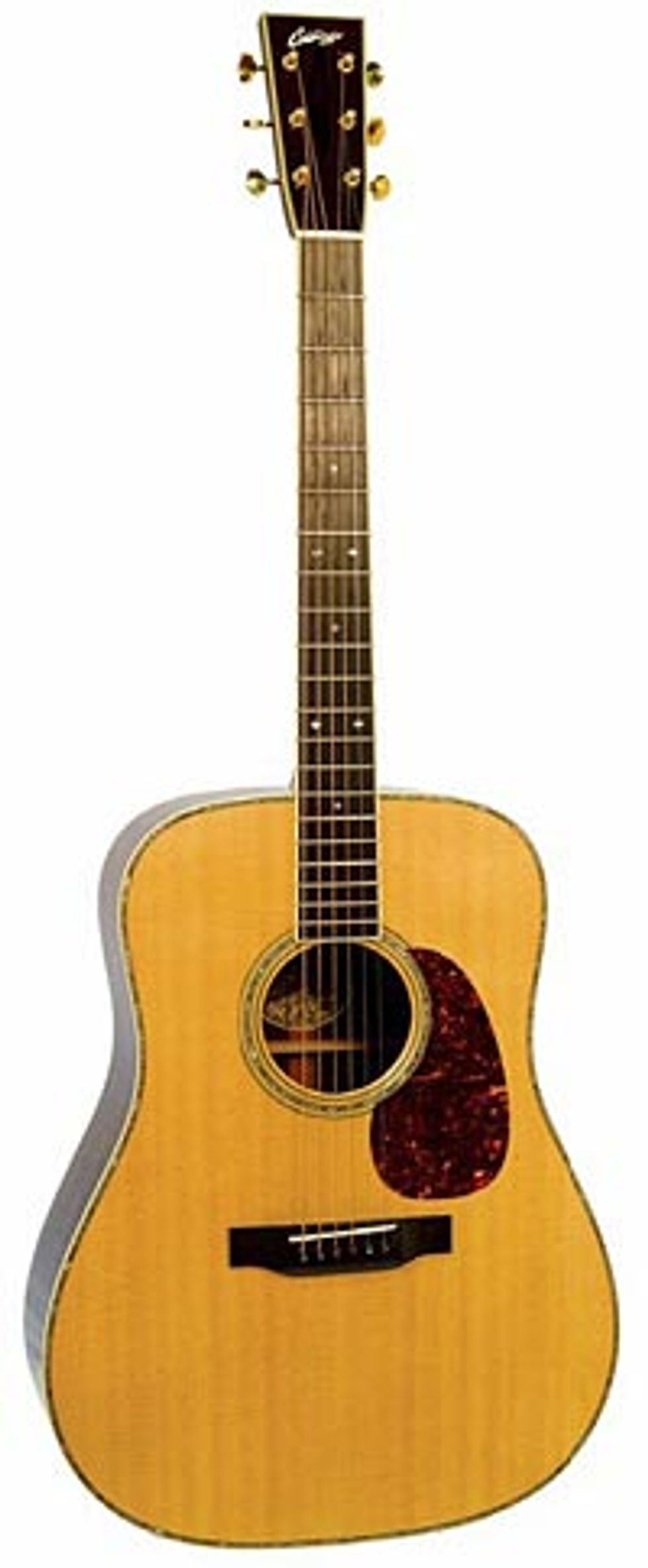 Hello Trash or Treasure,
Hello Trash or Treasure,I’ve owned quite a few guitars over the years, and I like to think of myself as more than a novice when it comes to guitar identification, but this guitar has me stumped! I picked it up used in the late 1990s for a smokin’ price and all the guy told me was that it was a Collings D41. In the 11th edition of the Blue Book of Acoustic Guitars, you list several D-style models, but there is no mention of a D41. This guitar has rosewood back and sides, abalone pearl trim, dot inlays and gold hardware. I’m wondering if you could clear up my confusion and identify this great guitar.
Thanks,
Ted in Tulsa
Hi Ted,
First of all, I want to say thank you for not being angry that you couldn’t find your guitar in our book! While not every guitar can realistically be included in our book, Collings is very well known and has been around long enough where it should be there. I’ll do my best to explain why that is, but let’s figure out what you have first.
To the best of my knowledge, Collings has never offered a cataloged model called the D41. I have all of Collings’ price lists going back to 1991, but I wasn’t able to find any mention of the D41. Currently, Collings builds three distinct dreadnought models: the D1, D2H and the D3 (this same formula can be applied to several other body shapes as well). The D1 is Collings’ entry-level model and features standard appointments such as mahogany back and sides, tortoise binding, dot inlays and nickel hardware. The D2H features East Indian rosewood back and sides, grained ivoroid binding, herringbone purfling and diamond/ square fingerboard inlays. The D3 represents Collings’ high-end model with similar appointments as the D2H, except it features grained ivoroid binding, a select abalone multi-ring rosette, double stripe back strip, and ivoroid-bound fingerboard and headstock and lacks herringbone purfling.
Looking at the photos and information you provided, your guitar doesn’t match any of Collings’ standard model specifications perfectly, but I think it is most similar to the D3. Keep in mind that Collings offers several options on all of their guitars and almost every guitar that is ordered from them is a custom order. As many Martin guitar aficionados know, D-41 or “Style 41” indicates very ornate inlays, including abalone pearl purfling. Because of the standard Martin set with their inlays and purflings, many guitar builders offer similar appointments today on their dreadnought-style guitars.
It appears that the original owner/dealer ordered a Collings D3 with diamond fingerboard inlays and Style 41 abalone pearl. Today the retail price on this guitar would be $5250; $4350 + $850 for the Style 41 appointments and $50 for the fingerboard inlays. To add further confusion to the mix, Collings lists both a D41 and D42 on their website! I contacted Collings to see if this is a standard model, since it does not appear anywhere on their price list. They confirmed that the 41 abalone pearl trim is simply an option and not a standard model – it also can only be ordered on a D3 model.
Luthier Bill Collings and his staff have been building guitars since 1975, and since 1988 Bill himself has been numbering all guitars in sequence. If you are looking for more information, contact Collings in Austin, Texas and give them your serial number. They should have the original build sheet and production date of your guitar, which should clear up all of your questions.
Although this guitar isn’t listed as an individual model in the Blue Book of Acoustic Guitars, we do give you all the components to figure out what it is and what it’s worth since all the options are listed. Regardless, Collings is one of the few luthiers who has been able to put his handmade guitars into production without compromising quality. Collings guitars seem to hold their value very well so I would hold on to this gem. Although you weren’t sure what you bought years ago, it looks to be a treasure for many years to come!
Zachary R. Fjestad
Zachary R. Fjestad is the author of the Blue Book of Acoustic Guitars, Blue Book of Electric Guitars, and the Blue Book of Guitar Amplifiers.
Questions can be submitted to:
Blue Book Publications
Attn: Guitar Trash or Treasure
8009 34th Ave. S. Ste #175
Minneapolis, MN 55425
800-877-4867
www.bluebookinc.com
guitars@bluebookinc.com
Please include pictures of your guitars.

